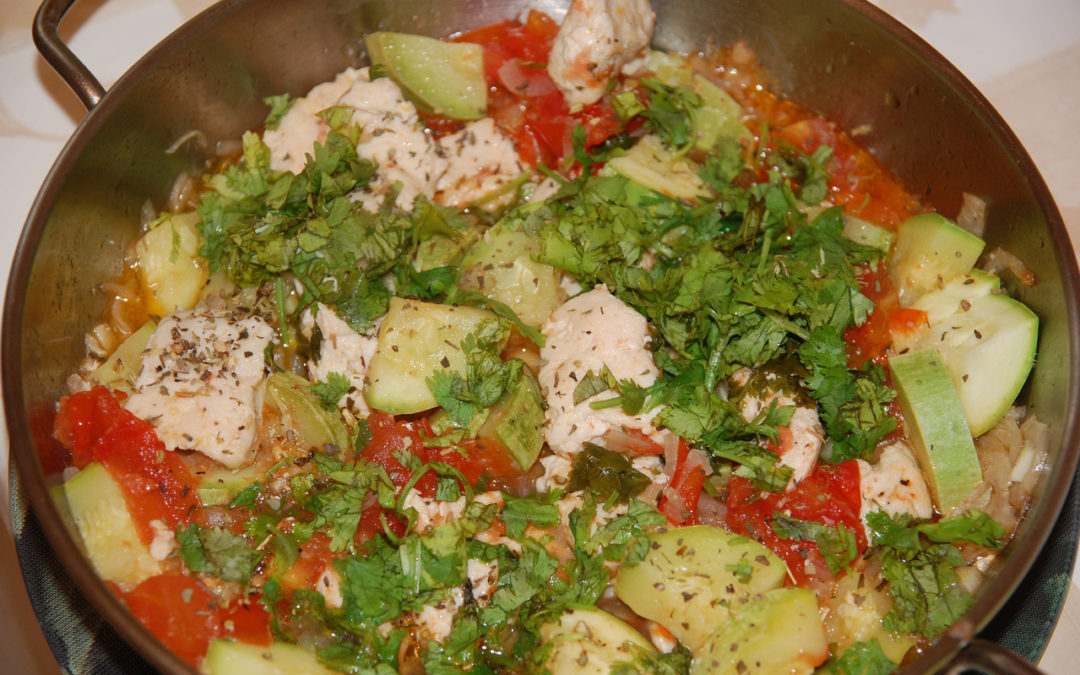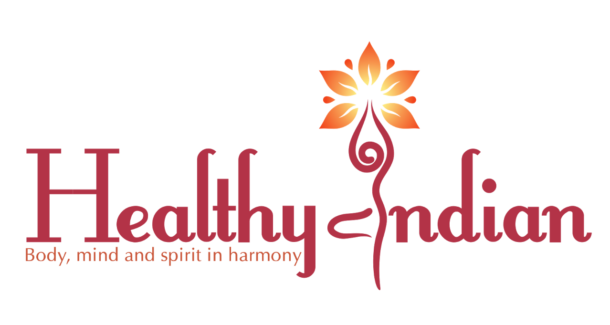Baking vs. frying vs. steaming vs. sautéing vs. grilling: There are definitely a lot of ways to cook our food, but is there one method that is better than all of the others, or do we need to weigh nutrition with safety? Let’s take a look at each method and see if we can determine the following:
* How much does it deplete the nutritional value of the food in terms of vitamins?
* How safe is it in terms of creating carcinogens and other harmful compounds?
Baking is a dry cooking method (includes roasting). It does destroy some heat-sensitive vitamins, such as C and some of the B vitamins but as long as you don’t use water (as in braising), it doesn’t have much of an effect on water-soluble vitamins. However, baking at temperatures above 300 degrees Fahrenheit, produces acrylamide. Baking at lower temperatures is a way to avoid producing it, but of course cooking time increases.
Frying foods requires adding oil, which means that we’re adding to the fat content of the food. But not all fat is bad, and if we choose healthy oils such as olive, coconut, or sesame or avocado, we can increase our consumption of essential fatty acids and vitamin E. Surprisingly, frying causes little loss of vitamins, either water-soluble or heat-sensitive. There are three methods of frying — deep-fat frying, pan-frying and stir-frying. Of the three, stir frying uses the least amount of oil.
Steaming food requires water and a basket to keep the food from being submerged. It’s a healthier method than boiling which destroys virtually all of the water-soluble vitamins. Steaming, if done for a short time so that the vegetables are still firm, though hot, retains most of the vitamins. Because steaming is an indirect method of cooking, its production of harmful compounds is much less likely.
Sautéing is similar to stir-frying, but uses lower heat. Sauté is French for “jump” which describes the action in the pan, which involves a lot of shaking the food and making it jump. Dr. Andrew Weill recommends this method since it is quick and the food is not exposed to heat for long periods of time. Few vitamins are depleted.
Grilling is a dry-heat cooking method that uses little, if any, added fat. Although it partly destroys heat-sensitive vitamins, its effect on water-soluble vitamins is negligible. So, essentially it’s a low-fat method that retains most of the vitamin content. However, grilling does expose foods to high cooking temps, charring and smoke, and all of these produce carcinogens.
It’s true that cooking methods alter the nutritional composition of fruits and vegetables, but that’s not always a bad thing. Several studies have shown that while cooking can degrade some nutrients, it can enhance the availability of others. As a result, no single cooking or preparation method is best, and that includes eating vegetables raw.
The longer you cook things at high temperatures, the less healthy they become. Reduce temperatures or the time you expose food to high temperatures, use healthy fats and avoid submerging vegetables in water.
The bottom line is that no one cooking or preparation method is superior for preserving 100 percent of the nutrients in a vegetable. And since the best vegetables are the ones you will actually eat, taste should also be factored in when deciding on a cooking method. The best way to get the most out of your vegetables is to enjoy them in a variety of ways — raw, steamed, boiled, baked and grilled. If you eat a variety of fruits and vegetables on a regular basis, you don’t have to worry about the cooking method.
Sources:
http://www.livestrong.com/article/457793-which-is-healthier-baking-grilling-or-frying/ http://www.drweil.com/drw/u/QAA401031/Sauteing-For-Our-Health.html http://www.precisionnutrition.com/all-about-cooking-carcinogens http://www.eufic.org/article/en/expid/cooking-review-eufic/http://well.blogs.nytimes.com/2013/10/18/ask-well-does-boiling-or-baking-vegetables-destroy-their-vitamins/?_r=1


